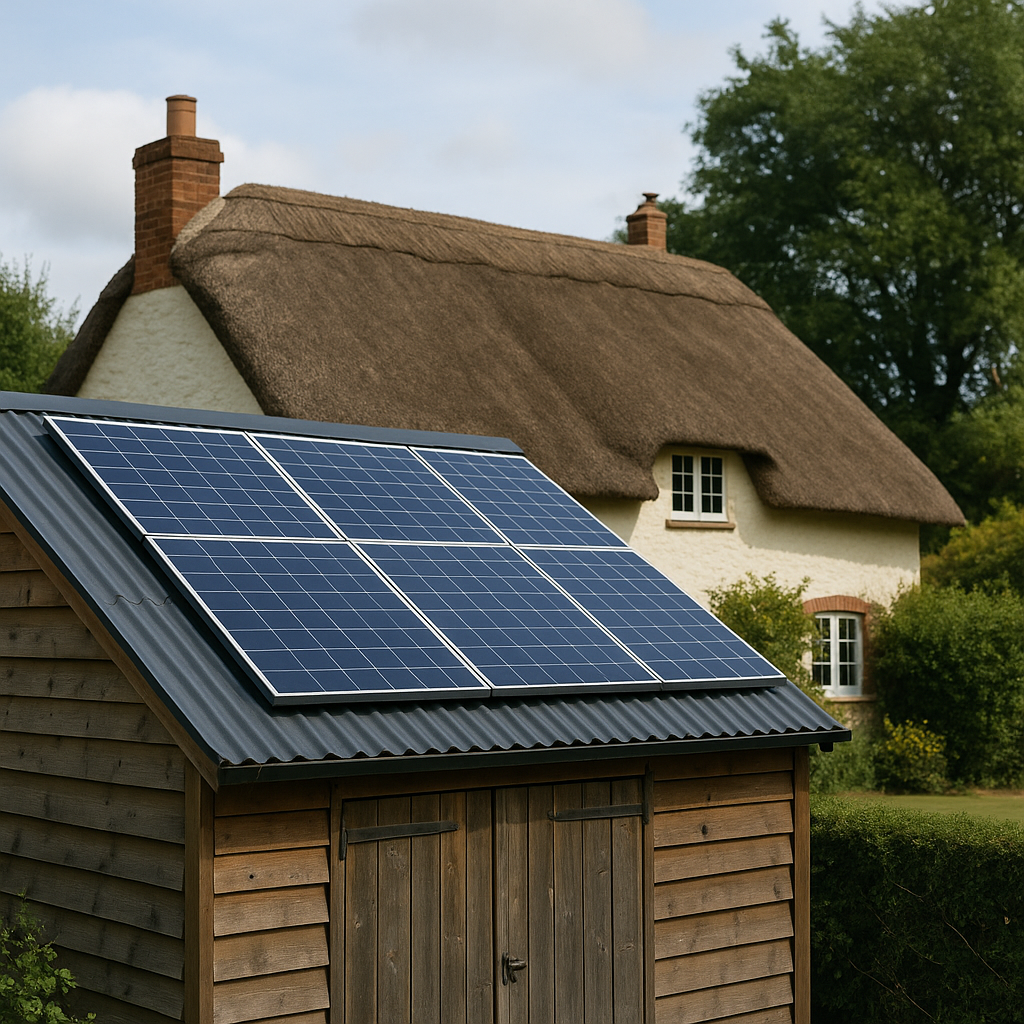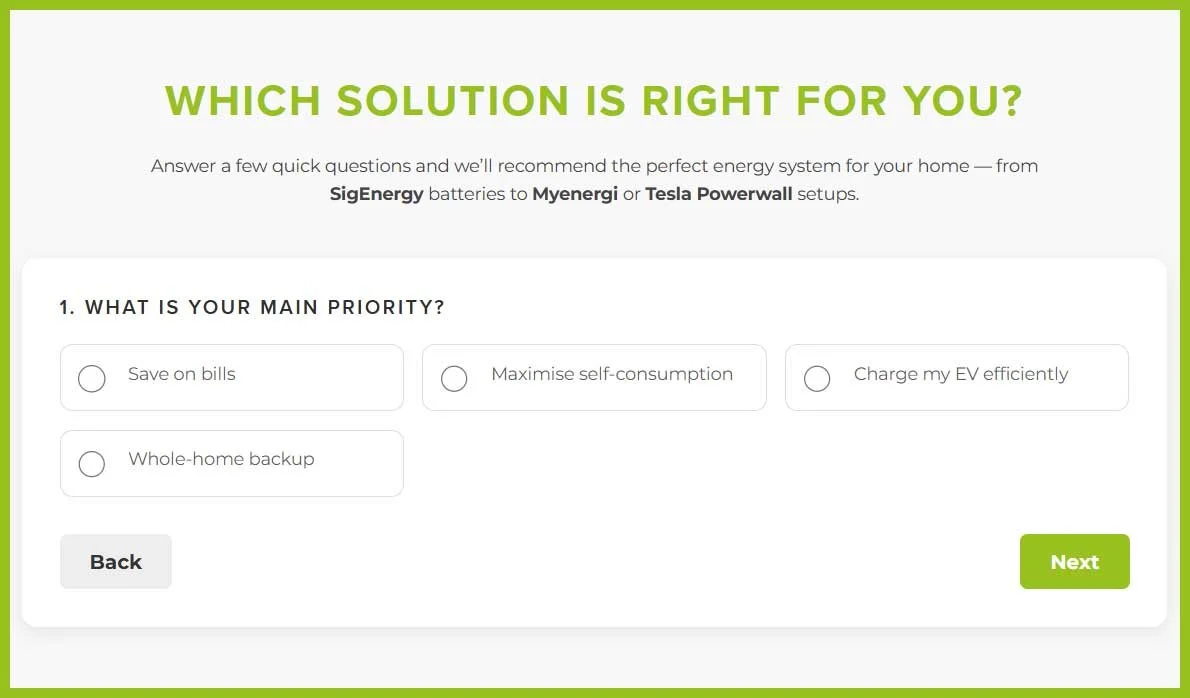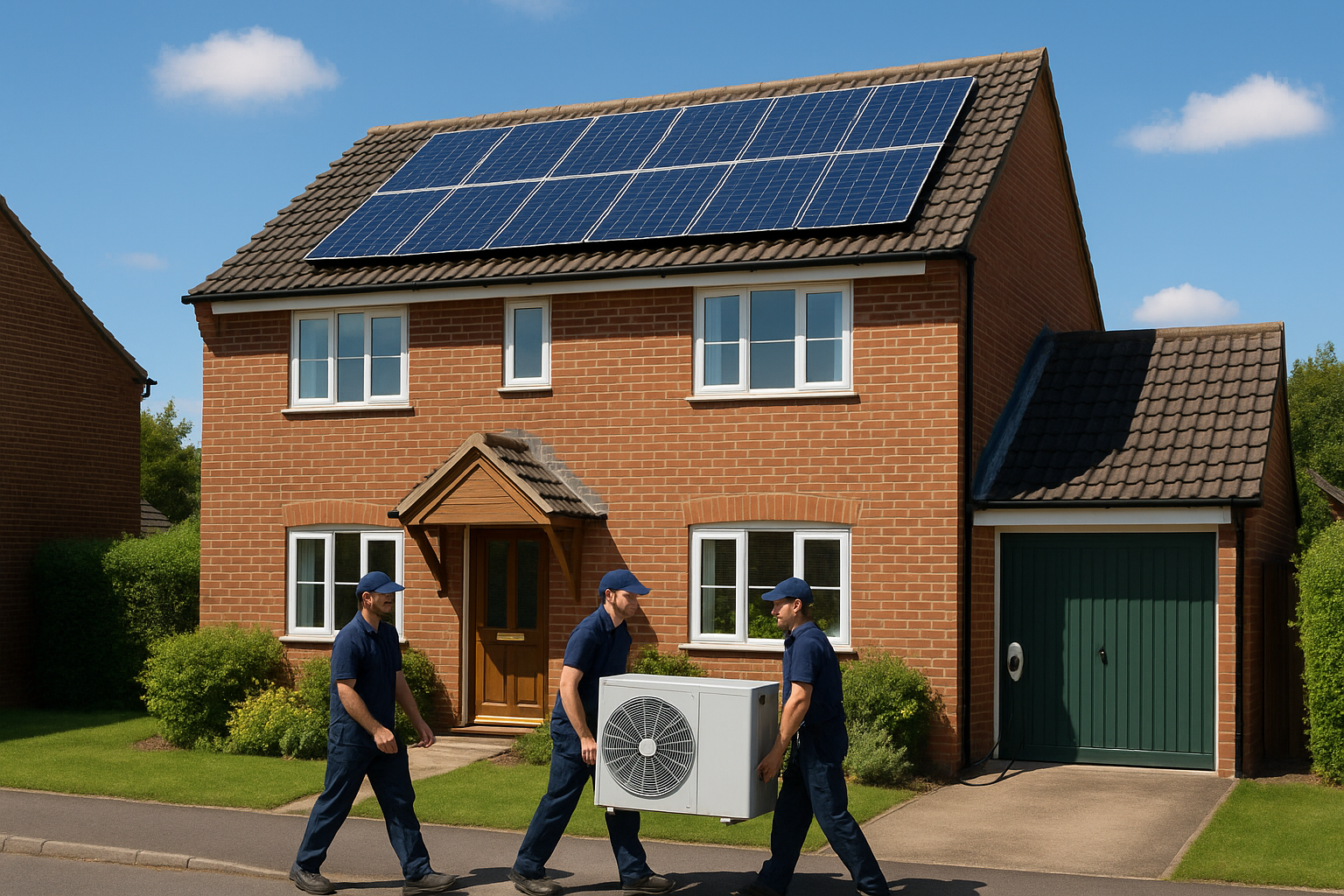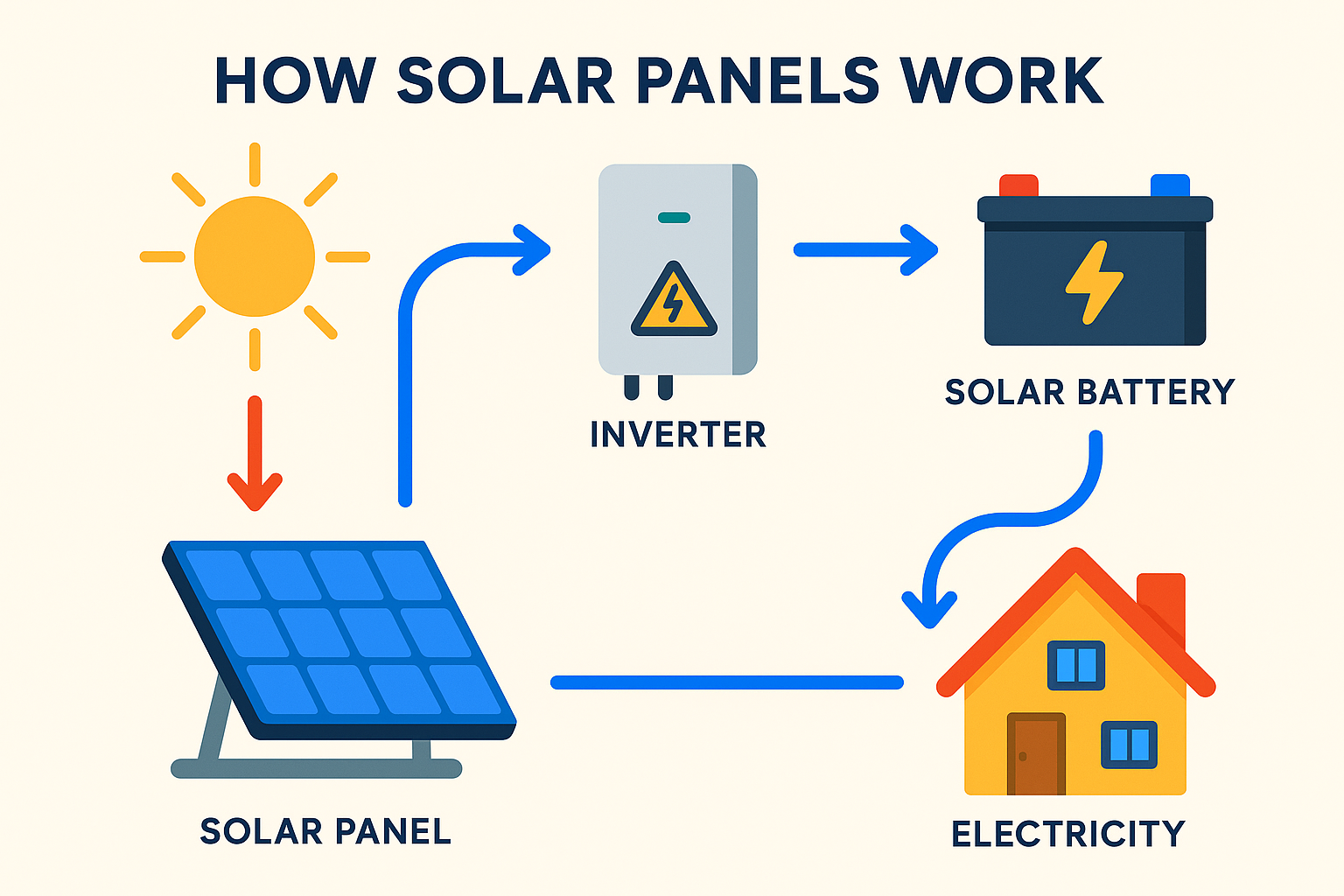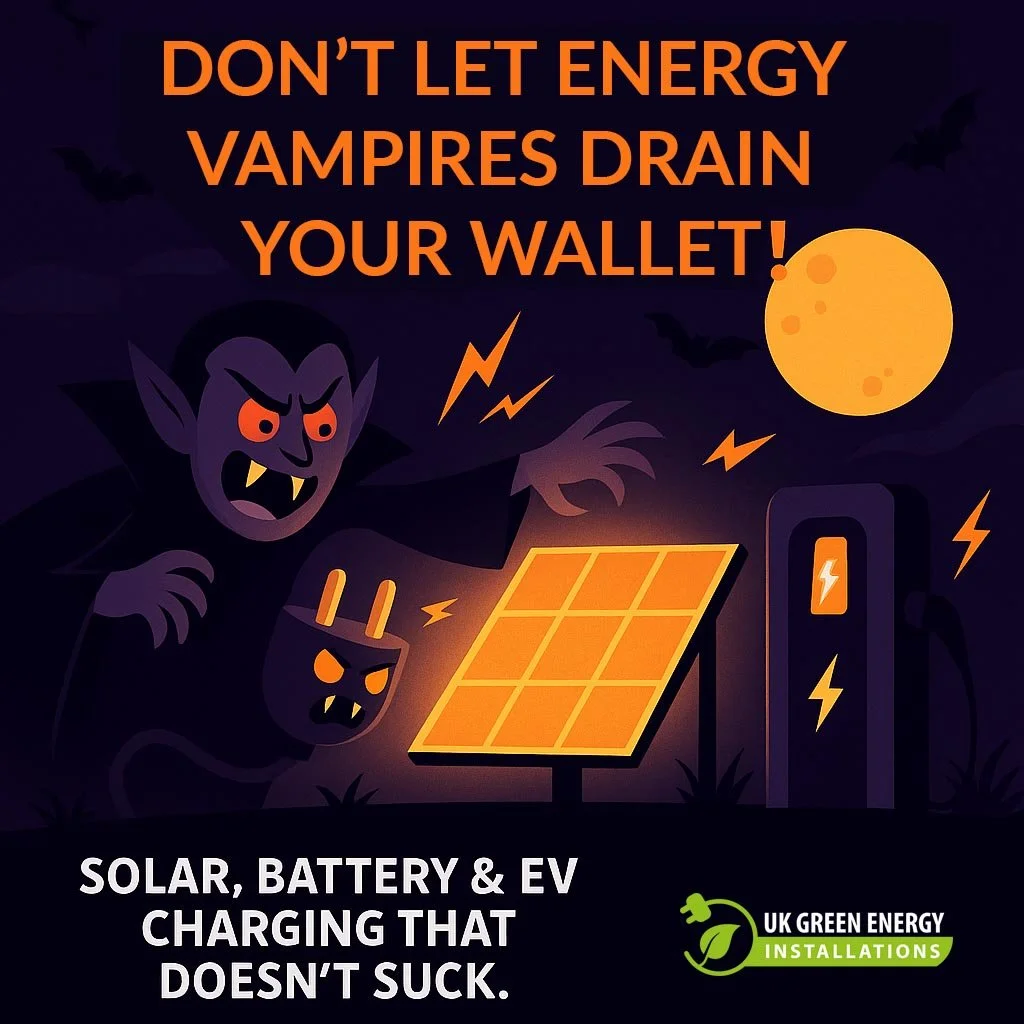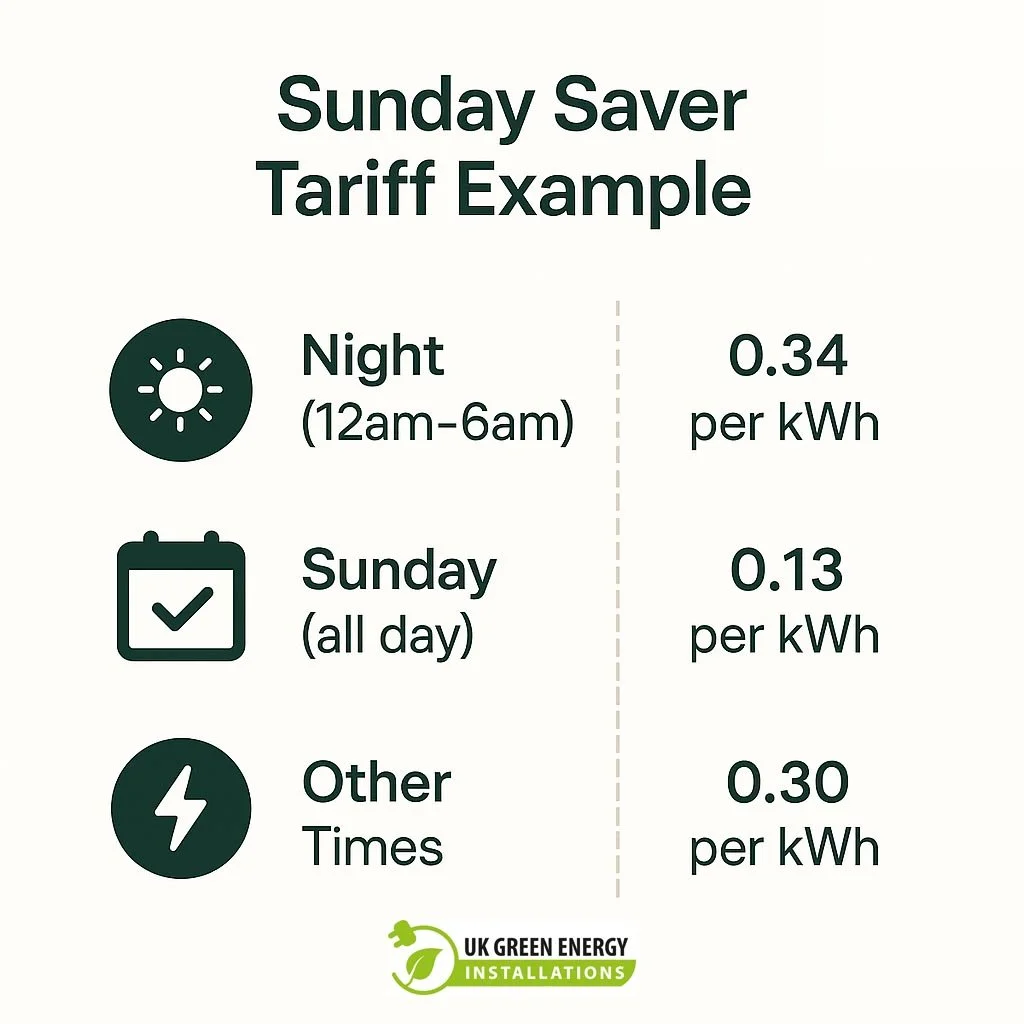When people across Surrey, Hampshire, and Berkshire first consider solar, one question almost always comes up: “Is my roof suitable?”
The good news is that most homes can support a solar system. While not every roof is ideal, modern technology makes solar more flexible than ever. Here’s what you need to know when checking if your roof is ready for panels.
1. Roof Orientation: Which Way Does It Face?
South-facing roofs: These get the most direct sunlight in the UK and deliver maximum efficiency.
East- and west-facing roofs: Still very effective, often generating around 80–90% of the energy of a south-facing system.
North-facing roofs: Less ideal, but sometimes possible with additional design considerations.
2. Roof Angle: Finding the Sweet Spot
Solar panels work best when angled between 30° and 40°. That said, don’t worry if your roof pitch is different:
Flatter roofs can use tilted mounting frames.
Steeper roofs may still perform well, though shading plays a bigger role.
3. Shading: The Silent Efficiency Killer
Nearby trees, chimneys, or tall buildings can reduce solar output. However, new technologies such as microinverters and optimisers help minimise shading impact, meaning partial shading doesn’t necessarily rule out solar anymore.
4. Roof Size: Do You Have Enough Space?
A typical 3–4 bedroom home needs 10–16 panels, which requires 20–30m² of roof space.
Smaller roofs can still make a meaningful difference — even 6 panels can noticeably reduce bills.
5. Roof Condition and Strength
Solar panels are lightweight (about 18–22kg each), but the roof should be in good condition before installation. A professional survey will check whether repairs are needed first.
6. Local Considerations in Surrey, Hampshire & Berkshire
Surrey: Many homes are in conservation areas. Solar is often permitted development, but visible installations on listed buildings may need planning approval.
Hampshire: Larger rural properties often benefit from expansive, south-facing roofs perfect for higher-capacity systems.
Berkshire: Many towns feature modern builds with uniform roof angles, making installation straightforward.
Always check with your installer about local planning rules — most will handle applications on your behalf.
7. Common Misconceptions About Roof Suitability
“My roof isn’t south-facing, so solar won’t work.”
→ East- and west-facing roofs can still be very efficient.“My roof is too small.”
→ Even a smaller system lowers bills and gives energy independence.“Solar panels are too heavy.”
→ Most roofs can easily support panels. Only very old or damaged roofs need reinforcement.
8. What If My Roof Isn’t Suitable?
If your roof really isn’t right for panels, alternatives exist:
Ground-mounted systems: Ideal for properties with land.
Solar carports: Panels integrated into covered parking areas.
Community solar schemes: Shared solar projects that let you benefit even if your home can’t host panels.
Conclusion: Checking Your Roof Suitability
In most cases, your roof will be suitable for solar — even if it’s not perfectly south-facing or textbook angled. The best way to find out is with a professional, no-obligation survey.
If you live in Surrey, Hampshire, or Berkshire, we can assess your home and let you know exactly how much energy (and money) you could save with solar.
Book your free survey today and take the first step towards clean, renewable energy.
Frequently asked questions (FAQs)
What makes a roof “suitable” for solar panels?
— Orientation, pitch/angle, shading, structural integrity, roof condition, space availability, and local planning constraints all play a role.Does my roof have to face south for solar to work well?
— No — south-facing is optimal, but east- or west-facing roofs often still generate 80–90% of what a south-facing system might. (Your blog already mentions this.)What roof angle is ideal?
— Generally 30°–40° is a sweet spot. Flatter or steeper roofs may still be workable using mounting systems or design tweaks.What about shading — how much does it reduce output?
— Even partial shading (chimneys, nearby trees, neighboring buildings) can reduce efficiency, but microinverters or optimisers can mitigate some of the loss.Does the roof need to be in perfect condition before installing solar panels?
— The roof should be structurally sound. If there are damaged tiles, leaks, or aging structure, repairs may be needed before installation.How much roof space do I actually need?
— That depends on your desired system size and your energy needs. A typical 3–4 bedroom home might need 20–30 m² for 10–16 panels, but smaller systems are also viable.Do solar panels weigh too much for my roof?
— Generally not — panels are relatively light (e.g. ~18–22 kg each). Most roofs can safely bear them, but very old or weak structures should be evaluated.Can I install solar panels if my roof is north-facing?
— It’s much less efficient and often not recommended, but in some cases with optimisers or alternative configurations it might still offer value (especially if subsidies or battery storage are involved).What about roof-mounted vs ground-mounted systems — when should I choose one over the other?
— If your roof isn’t suitable (shape, orientation, shading, structural issues), ground-mounted or solar carports might be better alternatives.Will I need planning permission or local approvals?
— In many cases solar is “permitted development,” but if your property is listed, in a conservation area, or the panels are very visible, local authority permission may be required.What is the process for a site survey / assessment?
— What the survey will check (orientation, structure, wiring, shading analysis), how long it takes, what information the homeowner should provide, etc.How much energy can I expect to generate?
— This will depend on roof factors, system size, local irradiance, and system efficiency. You can offer a rough estimate or reference tools/calculators.What if part of my roof is shaded (trees, chimneys)?
— You may be able to place panels on the least shaded section, use microinverters/optimisers, or include more panels to compensate.How long does solar panel installation take?
— Typical installations for residential properties might take 1–2 days (for the panels), plus time for inspections and grid connection.How much maintenance do solar panels need?
— Very little — occasional cleaning, ensuring no detritus, and periodic inspections. Monitoring systems help detect performance drops.How will the panels affect my roof warranty or insurance?
— It depends on your insurer and roof supplier — sometimes adding panels requires notifying insurers or updating warranties.Can I retrofit panels if I have an unusual roof shape or material (slate, tile, metal)?
— Yes — with proper mounting hardware and design adaptation, panels can be applied to most roof types (tiles, metal, slate), but some mounting may be more complex.What happens if I want to upgrade or remove the panels later?
— Panels can generally be removed and reinstalled, but it will involve some effort, and roof access might require care to avoid damage.What if my roof is too small for all the energy I need?
— You can combine solar with battery storage, demand management, or consider community solar / shared installations.Is solar still worth it if my roof is only “moderately” suitable?
— Often yes — with correct design, you can still get a solid return on investment. Even 70–80% efficiency relative to “ideal” often has a good payback.

